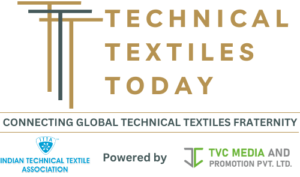A Finnish research project has highlighted that textile recycling represents a significant untapped opportunity for Europe. Although recycling technologies are advancing rapidly, challenges such as limited regulation and the complex composition of textile waste continue to hinder widespread adoption.
In Europe, approximately 10 billion kilograms of textile waste are discarded annually. With textile fibre valued between 2–3 euros per kilogram, researchers at the VTT Technical Research Centre of Finland emphasize the enormous business potential in this sector.
VTT Research Professor Ali Harlin noted that the main obstacles lie in the complexity of raw materials and weak regulatory frameworks. The EU’s revision of the Waste Framework Directive, which introduces Extended Producer Responsibility (EPR), will make textile companies accountable for recycling.
Over the past decade, Finland’s Telaketju network of textile companies and research institutions has been studying recycling. Its recently completed Telavalue project focused on addressing sustainability and textile waste challenges. According to VTT Principal Scientist Pirjo Heikkilä, recycling should follow the principle of minimal processing—with reuse and repair prioritized. When reuse isn’t possible, mechanical recycling is preferred, while chemical recycling is viable for worn or low-quality textiles.
Harlin further explained that expanding recycling could help revive textile production in Europe, as Northern and Western Europe lead in technology development, while Eastern and Southern Europe retain strong manufacturing expertise.
Progress is also visible in cotton recycling, with Infinited Fiber Company planning a new fibre plant in Kemi, Finland. Research into separating cotton and polyester continues, with chemical processes from PET bottle recycling offering new possibilities for polyester recovery.
The rise of ultra-fast fashion poses a barrier, as low-quality, blended fabrics are difficult and often uneconomical to recycle. In contrast, the workwear sector shows better recyclability due to higher material quality, durability, and documented composition.
VTT Senior Scientist Eetta Saarimäki added that while not all blends can return to textile production, thermo-mechanical recycling allows these materials to be reused in composite products, extending their lifecycle.
